PRODUCT CATEGORIES
-
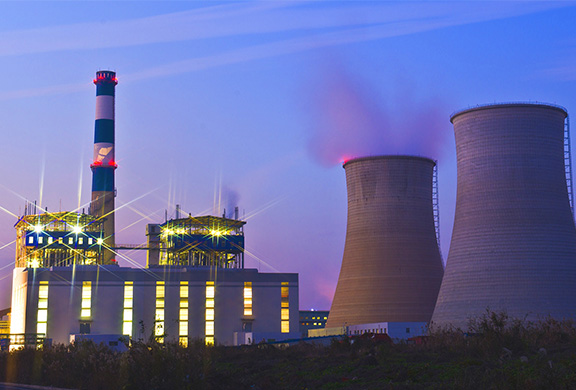 power plant stacks chimney
power plant stacks chimney
-
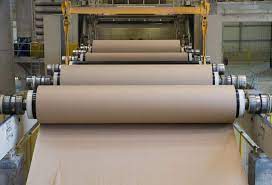 Pulp & Paper stacks chimneys
Pulp & Paper stacks chimneys
-
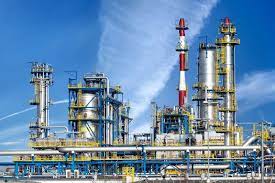 Petrochemicals stacks chimneys
Petrochemicals stacks chimneys
-
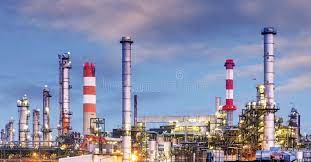 Chemicals Refinery stacks chimneys
Chemicals Refinery stacks chimneys
-
 Reclining industry stacks chimneys
Reclining industry stacks chimneys
-
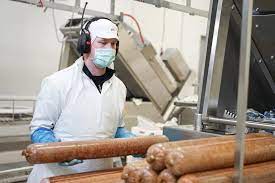 Food & Beverage stacks chimneys
Food & Beverage stacks chimneys
-
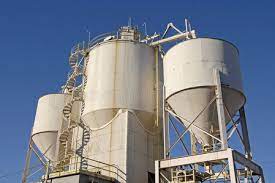 Cement & Lime stacks chimneys
Cement & Lime stacks chimneys
-
 Mining & Minerals stacks chimneys
Mining & Minerals stacks chimneys
-
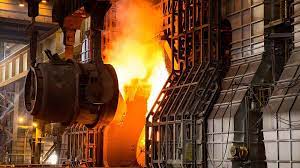 Steel & Metal stacks chimneys
Steel & Metal stacks chimneys
-
 Chimney stacks Decoration
Chimney stacks Decoration
-
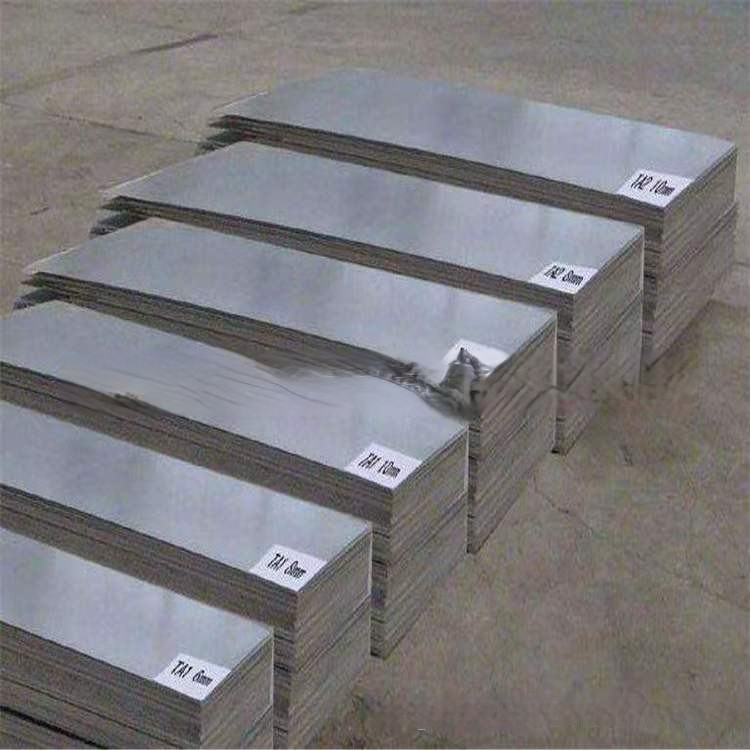 Thin Wall Titanium Clad Steel Plate
Thin Wall Titanium Clad Steel Plate
-
 Stove Fireplace Chimney
Stove Fireplace Chimney
-
 Chimney stacks accessories
Chimney stacks accessories
LATEST NEWS
CONTACT US
Tel:+86 (028)-62561606
Fax :+86 (028)-62561733
Mobile:+86 15881040688
Email: [email protected]
Whatsapp: +86 15881040688
What is Smokestack Industry
Mark: The paper was not original by YB. Updated October 11, 2021 Reviewed by Smokestack Industry
What Is a Smokestack Industry?
A smokestack industry is a traditional heavy manufacturing industry that produces large items or inputs into other industries. Examples include cars, shipbuilding, steel and other metals, chemicals, and heavy machinery.
In short, it refers to any heavy manufacturing industry that has been around for decades. Such industries tend to cause substantial pollution: The typical images of these industries are factories that have banks of chimney stacks emitting smoke into the atmosphere, hence the term "smokestack."
Smokestack industries have traditionally been seen as critical to the process of industrialization and the development process in emerging market economies.
KEY TAKEAWAYS
Smokestack industries are heavy manufacturing industries, which often traditionally have factories with smokestacks.
The rise of smokestack industries is closely associated with industrialization and economic development, but can also result in pollution and a strain on natural resources.
Smokestack industries are generally viewed as "old economy" businesses by investors and tend to be sensitive to economic cycles.
Understanding a Smokestack Industry
Smokestack industries traditionally have also been capital-intensive producers, requiring investment in large facilities, heavy equipment, and machinery. Most (such as automobile manufacturers) have become significant users of technology in their production lines. Because of their high capital investment requirements, smokestack industries tend to exhibit large economies of scale.
The smokestack itself is a sign of these economies of scale, which involve concentrated operations large enough to require and support the use of one or more large-scale furnaces or power plants, as opposed to the small-scale cottage industry that predominated prior to the Industrial Revolution.
These economies of scale also often lead to significant agglomeration of related industries, large local employment multiplier effects, and market power or even monopsony in employment and factor markets.
The notion of such industries as large employers is sometimes used as a justification for government or state policies to attract, protect, or otherwise support these industries in some countries or regions.
A well-known downside of smokestack industries is the pollution that they can create and their intensive demands on local environmental resources.
The heavy manufacturing processes involved often require large quantities of energy, the treatment and disposal of toxic waste products, and reliable local water supplies for cooling. Advances in efficiency, emissions control, and recycling technologies have helped curb this over time.
Smokestack Industries and Economic Development
The establishment and spread of smokestack industries is usually a key step in the process of economic development and industrialization. The Industrial Revolution among Western economies was essentially a process of moving the economy from an agricultural focus to a manufacturing focus centered on smokestack industries.
As of 2019 (latest information), there are 12.8 million people working in the manufacturing sector in the U.S. The sector has a -3.46% projected job growth rate for the next 10 years.1
Many developing nations deliberately foster smokestack industries in hopes of modernizing their economies. Regional economic development promoters across large countries, such as the U.S., have also historically focused their efforts on attracting and retaining smokestack industries, though this trend has shifted in favor of the technology sector, high-value services, and the creative economy in recent decades.
However, this shift is also accompanied by a need to deal with the leftover fixed capital, old factories, and industrial waste products left behind by aging smokestack industries.
Smokestack Industries and Investors
A smokestack industry, while still vital to the economy, is usually viewed by investors as an "old economy" business, with limited potential for long-term growth. Such "old economy" companies tend to center around manufacturing, whereas "new economy" companies tend to focus on services. In the stock market, smokestack industries will generally be classified under the Basic Materials, Energy, and Industrials sectors.
Smokestack industries are generally perceived as having a high degree of cyclicality since their fortunes are usually dependent on the state of the broad economy. Due to their capital intensiveness, the time it takes to build new smokestack-industry plants, and the roundaboutness of their productive processes relative to the ultimate satisfaction of consumer desires, smokestack industries are more susceptible to the ups and downs of the economy and credit-driven business cycles.
For those producers of items that are exported, either as final products or as inputs into the global manufacturing supply chain, global economic growth is important.
During periods of economic expansion, smokestack industry stocks tend to perform well, delivering healthy levels of earnings and cash flow. However, as cyclical industries, they tend to underperform during recessionary times, due to declines in revenue, earnings, and cash flow.
Is the Manufacturing Industry Growing?
Yes. The manufacturing industry in the U.S. is growing. Manufacturing revenue for 2022 is expected to be $8 trillion and in 2024 the number is expected to be $8.3 trillion.2
Are Smokestack Industries Good for the Economy?
Yes. Smokestack industries produce key inputs, such as steel, chemicals, or plastics, for many other production and manufacturing processes. Producing these key inputs on a large scale facilitates economic growth and development, and provides large numbers of jobs. However, this must be balanced against the economic concentration of industry that often accompanies smokestack industries and the pollution that they usually generate.
Why Do Factories Need Smokestacks?
Smokestacks are chimneys needed for factories that burn fossil fuels, such as coal, in order to create steam to power generators in order to create electricity for the factory's purpose, such as with a coal plant. The smokestack, or chimney, acts as ventilation to remove the smoke and toxins created through the process.
@YB industry chimney 2022
